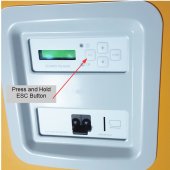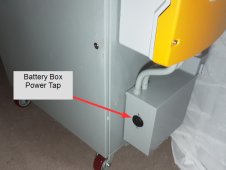svetz
Works in theory! Practice? That's something else
This thread will hopefully be stickied as a compendium of best practices (we need to build it up a bit before requesting it), as such please post only relevant and useful information to minimize the work of moderators deleting posts (e.g., stay on topic - start new threads for "side discussions", keep humor in the humor forum). Post your ideas or links to threads and I'll keep the OP updated. Thanks! ?
- Do Fire Drills - @Guda recommends having a fire safety plan in place before disasters hit.
- Have a Safety Plan - When you look at something you need to do and gulp "oh boy!" .... you already know it's dangerous...take a second before doing it to see if you can mitigate your risk.
- Reminders - Set reminders in your calendar for recurring tasks (e.g., generator maintenance) so they actually happen and in a timely manner.
- Labels - It always makes perfect sense when I do it, but when I come back to fix something in a few years it's always which switch does what, did the yellow wire mean this or that, etc.
- Document Procedures - When there's a sequence of things to do, print and mount the steps, attaching them to the device. When there are no lights/internet or you've had a few, you'll be glad you had your ducks lined up ahead of time with a checklist.
- Eliminate operator complexity. - If the operation of the system can be done wrong... it will be done wrong. It is important to make the system as simple and idiot-proof as possible and reasonable. Courtesy @FilterGuy
- Measure twice, wire once! Scout the site, some obstructions might be seasonal. Courtesy @Rednecktek
- Component Space - When laying out mounted components on a wall, think about wiring and access courtesty @HRTKD
- Bar Vs. Cable - busbars are often overlooked, but may be less expensive and carry more current courtesty @HRTKD
- Crimp while bending - always create and hold any needed curve while crimping lugs courtesty @HRTKD
Last edited:





